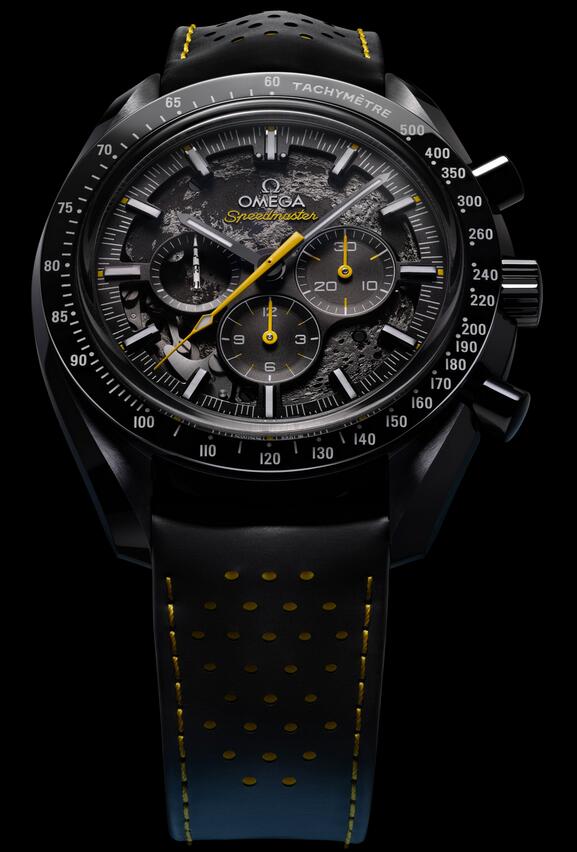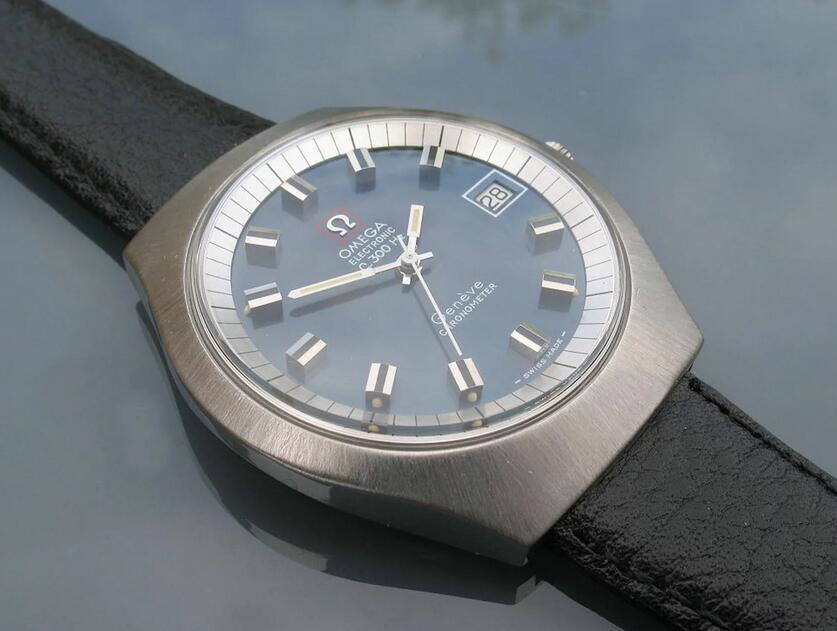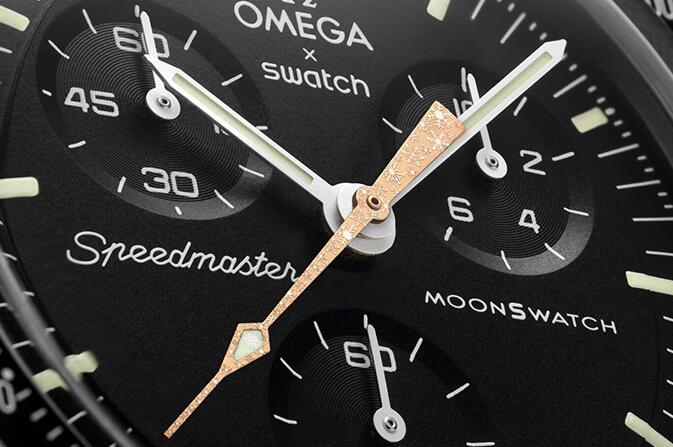Omega has just released the latest in its Apollo series of Speedmaster timepieces with the cheap 1:1 replica Omega Speedmaster Dark Side Of The Moon Apollo 8 watches, updated for 2024. Fans of the brand might remember a predecessor, this exciting and indeed rather special Speedmaster Apollo 8 from 2018 that we covered hands-on, and…
Category: Perfect Replica Watches
Omega has always been on the cutting edge of horological technology. Aside from the engineering coup that was George Daniels’ co-axial escapement, Omega is responsible for pushing the watch industry forward throughout the decades. From the first diver’s watch ever brought to market for public consumption in 1932 to the brand new Spirate system released…
The Moonswatch collaboration between Swatch and renowned luxury brand OMEGA unequivocally represented one of, if not the single most hyped and hotly-anticipated horological releases in 2022. The monumental success of the initial 11 perfect replica Omega “Mission” Moonswatches watches would ultimately prompt the duo to debut a handful of followup variants over the course of…


